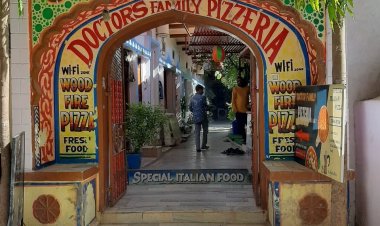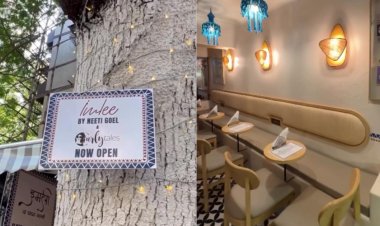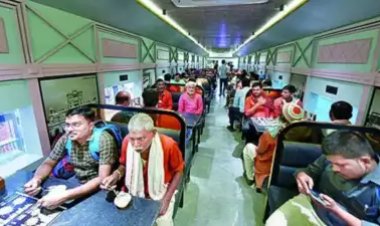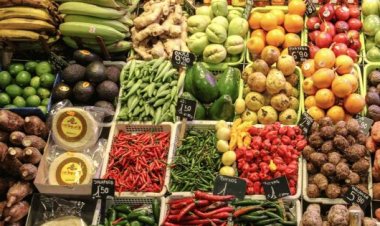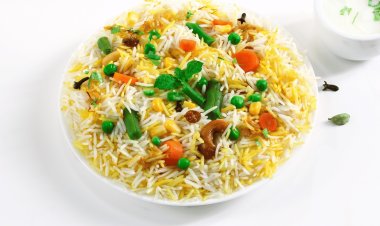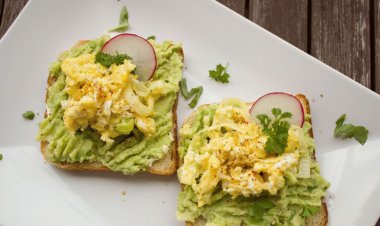The Remarkable Journey of McDonald's: From Humble Drive-In to Global Fast Food Giant
McDonald's is a global fast food restaurant chain known for its iconic golden arches logo and popular menu items such as Big Macs, French fries, and Happy Meals. It operates in numerous countries, serving millions of customers with its fast and convenient dining experience.
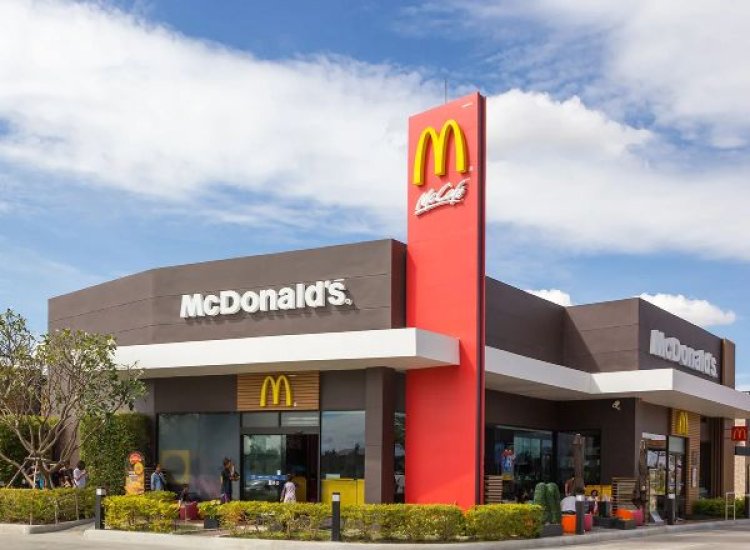
Once upon a time, in 1940, two brothers named Richard and Maurice McDonald embarked on an extraordinary adventure that would forever change the landscape of the fast-food industry. In the sunny city of San Bernardino, California, they opened a small drive-in restaurant, unaware that their venture would eventually give birth to a global behemoth known as McDonald's.
.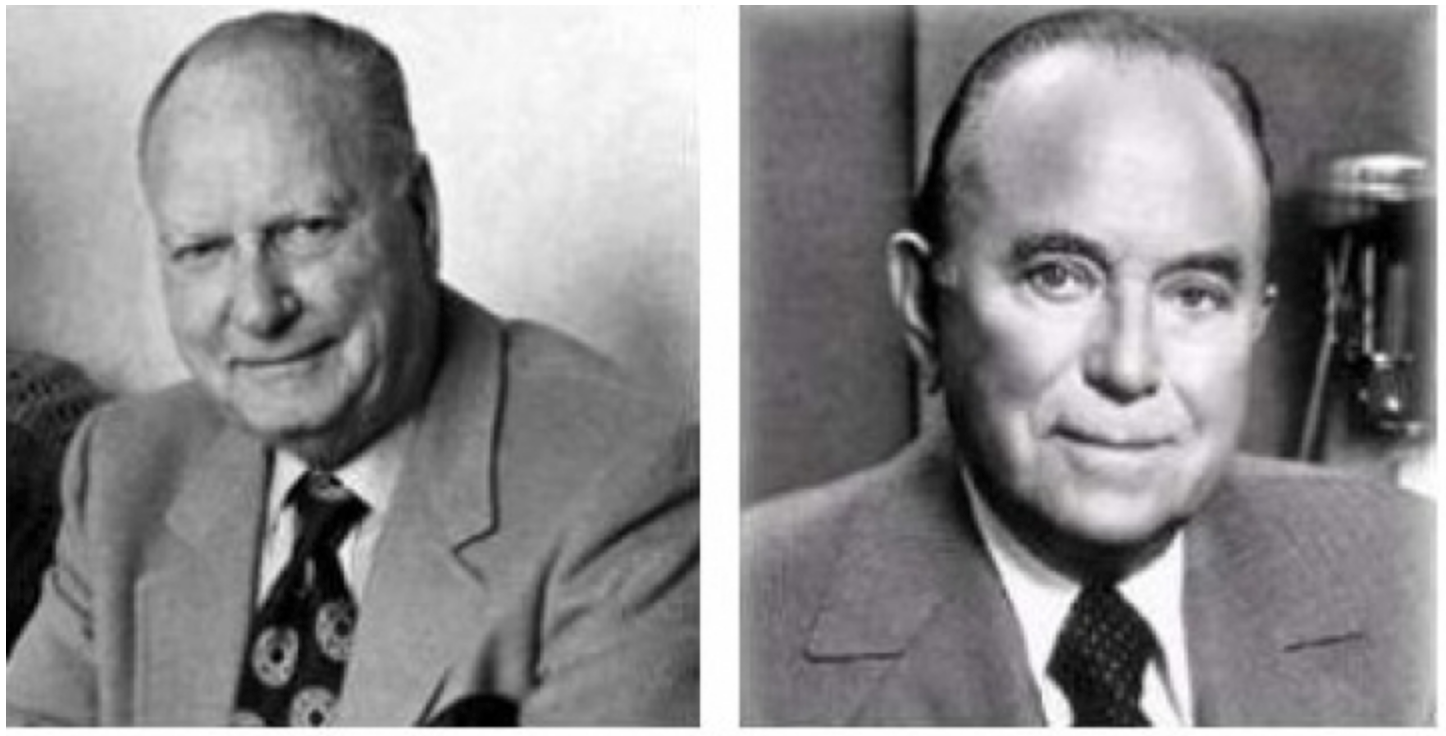
The McDonald brothers were pioneers, and they had a vision. They introduced the innovative Speedee Service System, a streamlined approach that prioritized efficiency and quick service. By embracing assembly-line production and self-service, they revolutionized the dining experience, making fast food accessible to a wider audience. This concept would lay the foundation for the fast-food industry as we know it today.
In 1955, fate intervened in the form of Ray Kroc, a milkshake machine salesman who saw the potential in the McDonald brothers' restaurant. Recognizing the opportunity for expansion, Kroc became involved with the company and eventually purchased the rights to expand McDonald's across the United States. Thus began the franchise model that propelled McDonald's to unimaginable heights.
Under Kroc's leadership, McDonald's embarked on an unprecedented journey of growth. The iconic golden arches, symbolizing accessibility and consistency, became the company's logo and a global symbol of fast food. In 1961, McDonald's expanded beyond U.S. borders, opening its first international restaurant in Canada. This marked the beginning of an unstoppable march across the globe.
McDonald's continued to innovate and captivate the hearts and taste buds of customers worldwide. In 1967, the company introduced the legendary Big Mac, a burger with a special sauce that would become a global sensation. The Big Mac's popularity propelled McDonald's to new heights and solidified its position as an industry leader.
In 1975, McDonald's revolutionized convenience once again by opening the first drive-thru restaurant in Arizona. This groundbreaking concept allowed customers to enjoy their favorite meals without leaving the comfort of their cars. The drive-thru quickly became synonymous with McDonald's and exemplified the brand's commitment to adaptability and convenience.
As McDonald's expanded its empire, it also focused on catering to diverse tastes and preferences. The introduction of the Big Mac in 1968 and the Happy Meal in 1979 showcased the company's ability to resonate with customers of all ages. By adapting menus and marketing strategies to suit local cultures, McDonald's successfully established itself as a global brand, delighting millions of customers in over 100 countries.
Over the years, McDonald's faced challenges head-on and adapted to changing times. Recognizing the importance of health-conscious choices, the company introduced healthier menu options and emphasized sustainability and responsible sourcing. Technology also played a pivotal role in McDonald's success story. From drive-thru service and self-order kiosks to mobile ordering and delivery partnerships, McDonald's embraced innovation to enhance the customer experience.
In recent years, McDonald's has continued to make headlines by focusing on sustainability efforts, aiming to source all guest packaging from renewable, recycled, or certified sources by 2025. Additionally, the company has expanded its digital capabilities and delivery services to meet the growing demand for convenience.
McDonald's, a publicly traded company under the ticker symbol MCD, has generally shown resilience in the stock market, reflecting the enduring popularity and global reach of the brand. However, it's always prudent to consult real-time financial sources for the most up-to-date information.
Today, with approximately 39,000 restaurants worldwide, McDonald's is a true global fast-food giant. From the United States, where it all began, to countries spanning the globe, McDonald's has left an indelible mark on popular culture. With its ubiquitous golden arch
McDonald's, the renowned fast food chain, has an extensive global presence with a significant number of restaurants across various countries. It all started in the United States(13,515 restaraunts ), where the first McDonald's store opened on May 15, 1940. Since then, McDonald's has expanded its footprint worldwide, with notable locations including China (3,500 restaurants since October 8, 1990), Japan (2,900 restaurants since July 21, 1971), France (1,500 restaurants since June 30, 1972), Germany (1,438 restaurants since November 22, 1971), and Canada (1,400 restaurants since June 3, 1967). The company has continued to grow, establishing a significant presence in countries such as the United Kingdom(1,300 restaurants since November 13, 1974), Brazil (1,031 restaurants since Feburary 13, 1979) and Australia (1,000 restaurants since May 30, 1971).
After a decade, McDonald's opened its first store in the Philippines on September 27, 1981, and currently operates 700 restaurants there. In Italy, the first McDonald's store opened on March 20, 1985, and there are now 670 restaurants in the country. Spain welcomed its first McDonald's on March 10, 1981, and now has 550 restaurants. Poland, India, South Korea, Taiwan, Mexico, Saudi Arabia, Malaysia, South Africa, the Netherlands, Turkey, Thailand, Hong Kong, Indonesia, Argentina, Austria, Sweden, UAE, Egypt, Ukraine, Denmark, Norway, Pakistan, Estonia, Fiji, Bahamas, Monaco, and Cuba all have a varying number of McDonald's restaurants, each contributing to the brand's global reach. Although some countries like Russia, Iceland, and Kazakhstan currently do not have McDonald's restaurants, the brand's global reach is still impressive, serving millions of customers worldwide.
The story of McDonald's is a testament to the power of innovation, adaptability, and visionary leadership. From its modest beginnings as a small drive-in restaurant, it has grown into a global powerhouse in the fast food industry. McDonald's continues to shape the way people dine, setting trends and leaving an indelible imprint on popular culture. As it embraces new challenges and opportunities, McDonald's remains a symbol of convenience, accessibility, and the fast-paced lifestyle of the modern world. With its ubiquitous golden arches and famous menu items, McDonald's has become a household name and a significant player in the fast-food industry.
What we should learn from McDonald's story
Innovation and Adaptability: McDonald's story teaches us the importance of continuously innovating and adapting to meet changing customer preferences and market trends. By introducing new menu items, embracing technology, and focusing on sustainability, McDonald's has stayed relevant over the years.
Customer Preferences and Localization: McDonald's success can be attributed to its ability to understand and cater to local tastes and preferences. They have effectively adapted their menus and marketing strategies to suit different cultures and markets, showcasing the significance of understanding your target audience.
Global Expansion and Branding: McDonald's remarkable global expansion demonstrates the power of effective branding. The company's iconic logo, golden arches, has become instantly recognizable worldwide, emphasizing the importance of consistent branding in building a strong global presence.
Efficiency and Streamlined Processes: The introduction of the Speedee Service System by the McDonald brothers highlighted the value of efficiency and streamlined processes. The fast-food concept, with its emphasis on quick service and assembly-line production, set new industry standards and transformed the dining experience.
Franchise Model and Business Growth: McDonald's franchise model played a pivotal role in its rapid expansion. Ray Kroc's vision and execution in scaling the business through franchising underline the significance of strategic partnerships and leveraging the entrepreneurial spirit of others to drive growth.
Embracing Technology and Enhancing the Customer Experience: McDonald's continuous embrace of technology, from drive-thru service to self-order kiosks and mobile ordering, exemplifies the importance of leveraging technological advancements to enhance the customer experience and stay ahead in a competitive market.
Sustainability and Responsible Sourcing: McDonald's commitment to sustainability and responsible sourcing showcases the growing importance of environmental and social responsibility in today's business landscape. It highlights the need for brands to address these concerns to maintain relevance and meet evolving customer expectations.
Consistency and Convenience: McDonald's success can be attributed, in part, to its commitment to providing consistent experiences and convenient services. The drive-thru concept and focus on accessibility have resonated with customers, emphasizing the value of convenience in meeting consumer demands.
Long-term Vision and Ambition: The vision and ambition of Ray Kroc propelled McDonald's from a small business to a global fast food giant. McDonald's story reminds us of the importance of having a long-term vision, setting ambitious goals, and continuously striving for growth and improvement.
Enduring Popularity and Cultural Influence: McDonald's enduring popularity and its impact on popular culture highlight the significance of creating a brand that connects with consumers on a deeper level. It emphasizes the power of building a brand that becomes a part of people's daily lives and holds a special place in their hearts.
What's Your Reaction?
 Like
0
Like
0
 Dislike
0
Dislike
0
 Love
0
Love
0
 Funny
0
Funny
0
 Angry
0
Angry
0
 Sad
0
Sad
0
 Wow
0
Wow
0























